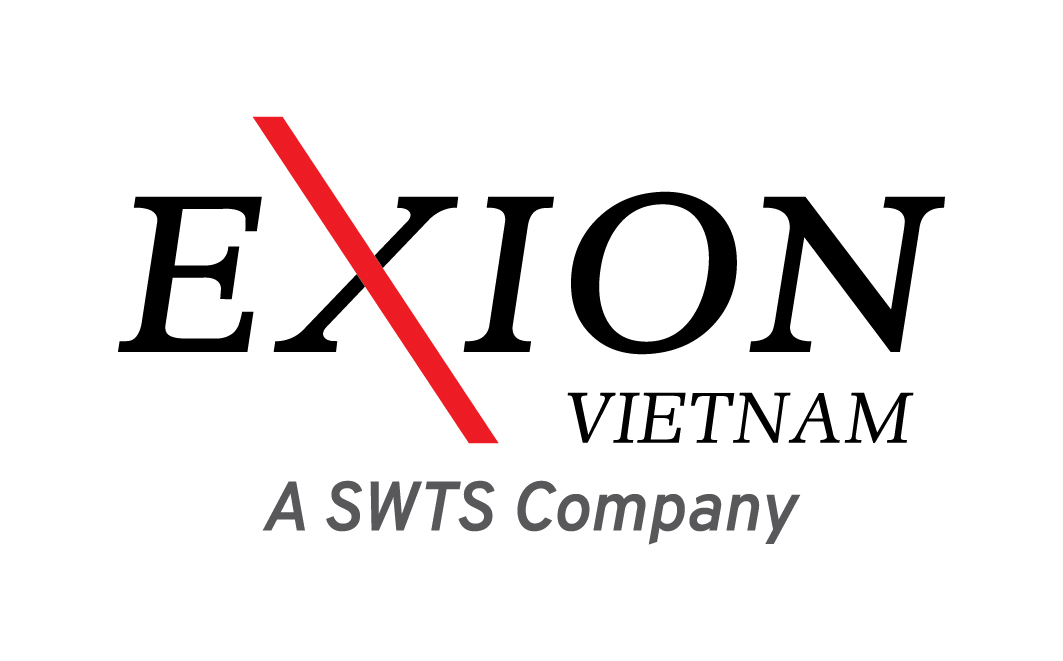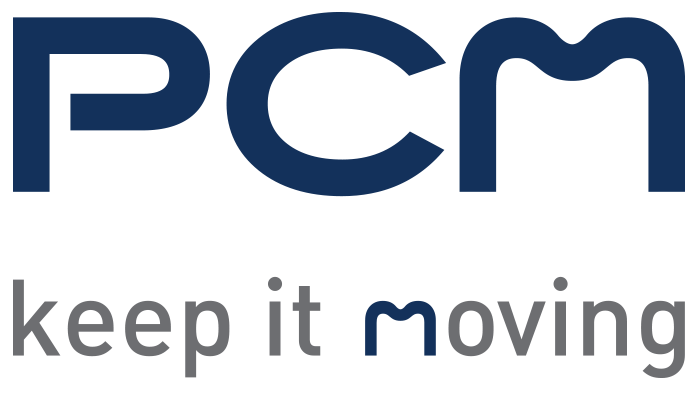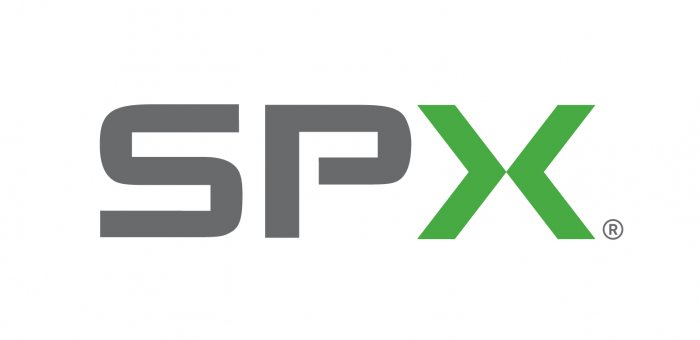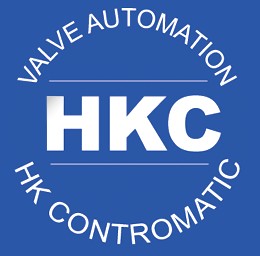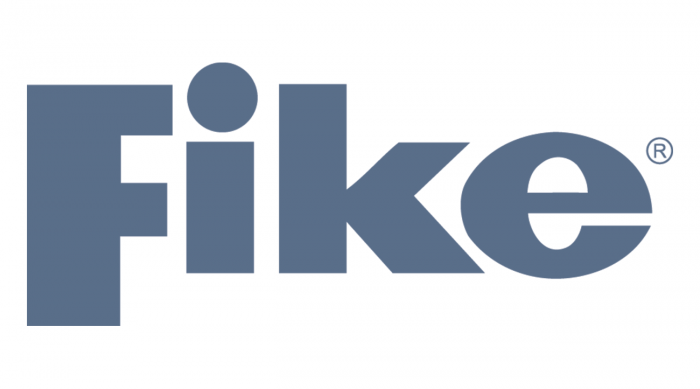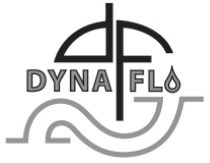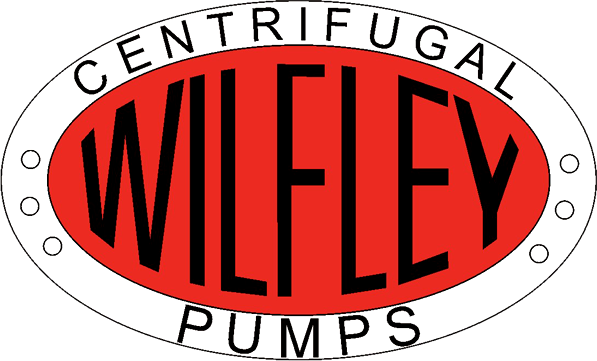FARRIS Engineering Services
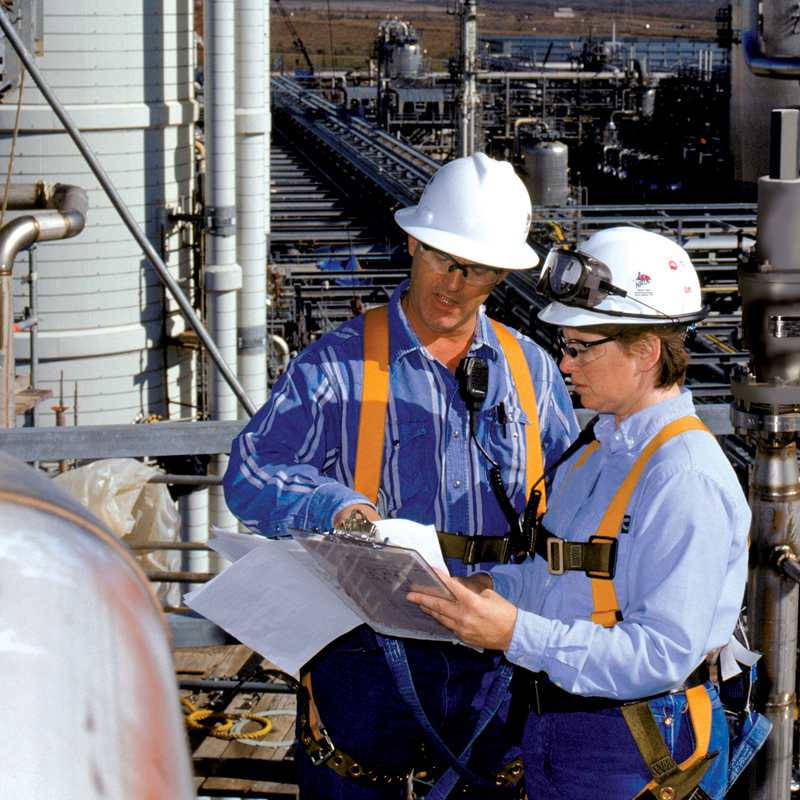
Overview
Providing a safe and hazard-free work environment is just one of the many complex challenges facing modern process facilities. For those facilities who fall under the jurisdiction of OSHA 29 CFR 1910.119, creating an effective PSM program is not only sound engineering practice, it’s the law. Whatever stage of your facilities life cycle, Farris Engineering Services (FES) offers comprehensive pressure relief system management solutions to help you achieve PSM compliance.
Product information
Pressure Relief System Audit
FES practices comprehensive pressure relief system audit methodology. Calculations undergo a rigorous QA protocol, minimizing the likelihood of error. Our audit services include:
- Complete pressure relief system evaluation Validation and updates to material balances and P&ID’s
- Process Hazard Analysis (PHA)
- Layers of Protection Analysis (LOPA)
- Define Safety Integrity Levels (SIL)
- Flare Header Analysis
- Determination of the correct sizing and flow rates to meet ASME, API, ANSI, NFPA including other applicable standards
- Distillation column unsteady state system relief analysis to minimize reduced calculated relief loads versus steady state models Recommendation to optimize process operations while minimizing costly hardware changes
- FES ensures a more robust safety audit tailored to meet your unique safety standard requirements.
PHA Support
- Formally trained PHA facilitators
- PHA facilitators with a broad range of experience leading PHAs in chemical and refining operations
- Capable of facilitating PHAs utilizing HAZOP or what-if checklist methodologies
- Extensive experience in all aspects of PSM compliance
- Ability to facilitate and scribe PHAs
LOPA
- Fully knowledgeable of LOPA methodologies based on CCPS guidance
- Able to identify initiating events and Independent Protection Layers (IPL) and apply to LOPA analysis
- Able to generate Safety Integrity Levels (SIL) for Safety Instrumented Systems (SIS) based on risk acceptance criteria
- Able to identify shortfalls in IPLs and make recommendations for additional IPLs to mitigate risk
Flare Header Analysis
- Fully developed header analysis tool integrated into iPRSM
- Technical staff with extensive experience both modeling and mitigating headers and collection systems
- Able to evaluate existing and facilitate new design for collection systems
- Near real time ability to evaluate process change against existing header capacity utilizing iPRSM software RV tool
- Ability to perform radiation and dispersion modeling associated with flare analysis
- Evergreen Flare evaluation capability utilizing iPRSM software RV tool
Mitigation
- Extensive knowledge of application and limitations for various relief equipment hardware
- Cloning feature integrated into iPRSM which maintains integrity of existing RV calculations while allowing mitigation calculations to proceed
- Ability to quickly evaluate multiple mitigation alternatives for a given RV deficient system utilizing iPRSM cloning feature
- Field piping personnel available to support necessary piping modification and routing locations associated with mitigation plans
- Management tools integrated into iPRSM allowing for easy review of RV systems requiring mitigation
- Revision control capability integrated into iPRSM to ensure integrity of RV database while mitigation is pending
Training
FES can provide your team with comprehensive training in all aspects of safety system operation and design, including:
- General safety system methodology
- Pressure relief scenario analysis
- Equipment relief contingency calculation methodology
- Distillation column evaluation
- Relief system audit techniques
- Flare header audit and design Pressure relief valve design, principals of operation, sizing and selection
